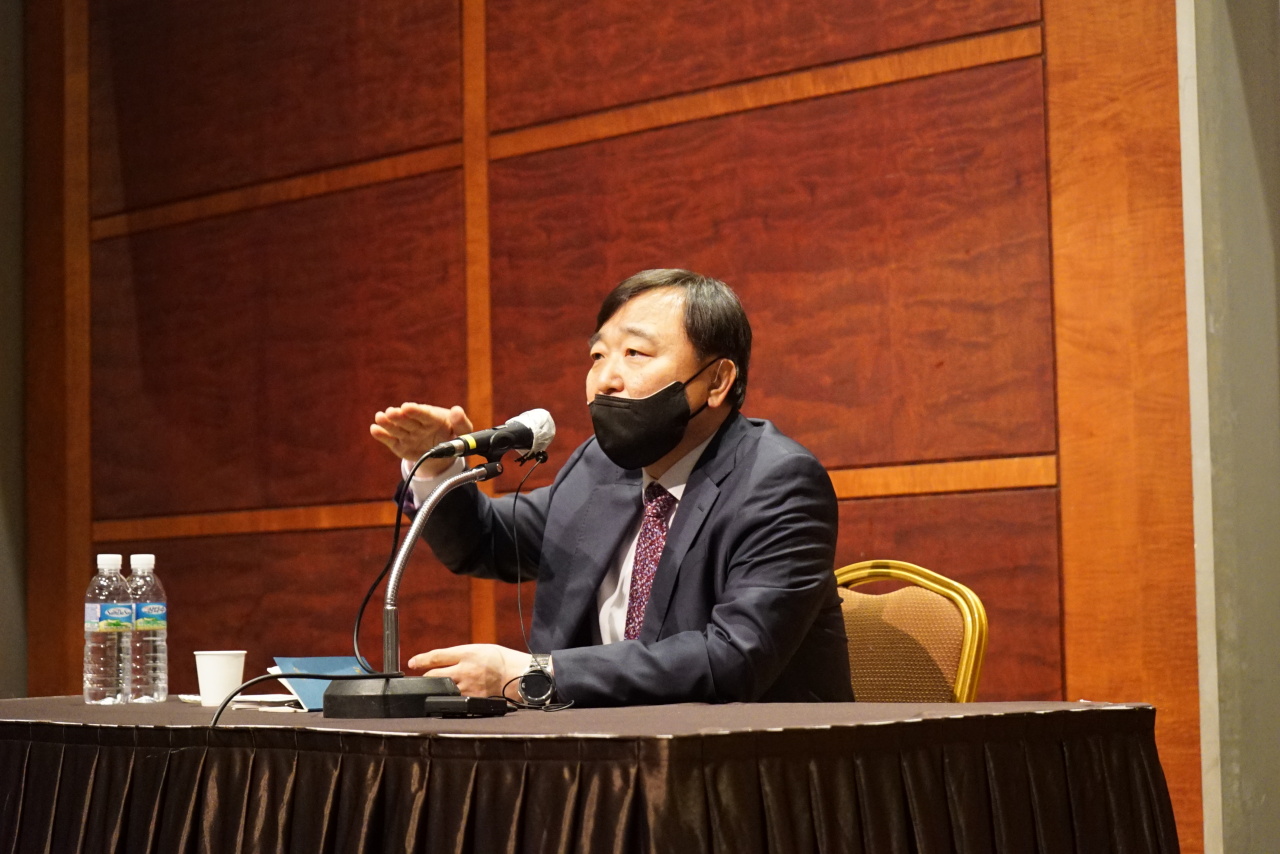In 2010 to 2020 decade, Indonesia has held about 100 - 130 billion USD in forex reserve.
Thus a +/- trade deficit fluctuation yearly of 10% or less of that forex level is fairly minimal perturbation.
Pre-covid it was around -3.3% for Indonesia.
For comparison (across same decade) in the other countries you mention, this perturbation ratio for this decade (2010 - 2020) was around:
A) 15 - 30% in India's case (around -16% pre-covid)
B) 0 - 78% in Turkey's case (around +20% pre-covid)
C) 34 - 82% in BD Case (around -60% pre-covid)
D) 70% - 320% in Pakistan Case (around -162% pre-covid)
(Pre-covid being approx. 2019 latest number)
Frankly the last 2 (esp the very last one) are very different category of economy to other 3 and bear faint relevance given financial mismanagement and low development here (esp if you further consider their credit ratings and fiscal deficits relative to their tax base/realised revenue).
The last 2 also do not follow the highest IMF reporting standard unlike the other 3 (and they have near zero chance of joining it this decade either)....i.e no PMI index, frequent inflation index, and investment indices to cross-correlate further on these issues.
This leads to inflated GDP (when converted to USD) in both of them too given inflation (esp due to loan intake/cycles) accounting norms do not match well with other countries.
It always gets evidenced when you look at any basic consumption parameter that can be vetted by actual trade/investment/finance flow (from non-govt or external party).
Anyway <10% (trade deficit/forex) alone is not enough pressure to influence like you describe given Indonesia:
A) Has maintained investment grade credit ratings since 2011
B) Kept fiscal deficit to less than 3% consistently since even suharto time.
C) Like India and Turkey is an actual mature reporting+analysis driven economy (w.r.t govt institutions and central banking) with overall modern underlying policy...although there are of course substantial + mounting challenges in all of them relative to each of their average development levels (earlier structural problems continuing, transient problems by bad policy and covid impact on economy are the biggest 3)
However if we do it for total current account in general (i.e incl. remittances + foreign income transfers etc.. as well) for the decade 2010 - 2020:
A) India: 3 - 30% (-6% pre covid)
B) Turkey: 0 - 85% (+8% pre covid)
C) BD: 0 - 22% (-10% pre covid)
D) PAK: 8 - 160% (-43% pre covid)
(Pre-covid being approx. 2019 latest number.)
South Asia improves overall in the numbers given remittance component being fairly prominent.
But as you can see Pakistan remains really bad (both range experienced and also the pre covid level seen) relative to the others given its continued structural mismanagement.
Bangladesh improves dramatically, given high remittance ratio w.r.t trade but the earlier underlying factors still of course apply.
For Indonesia the C.A range for this decade was 0 - 30% and pre-covid situation was around -23%.
i.e not good, and this is probably closer to what you were trying to say (the difference being its something past the trade deficit)
i.e it is somewhat more serious for Indonesia when we consider the total current account pressure situation to the forex level (rather than just trade deficit).
i.e only -3.3% of the -23% CAD is caused by trade deficit (a full 20% or so is other C.A factors)
i.e there is/are foreign transfer component(s) (past trade) adding far more CAD pressure (given total CAD/forex was -12% or so between 2015 - 2017, and had doubled 2018 onwards)
...and thus like you describe maybe transmitting to INA govt negotiation/bargaining strength in large commited forex-involved military programs.
INA faced a similar situation of this kind of CAD pressure between 2012 - 2014 (thats where the max -30% CAD pressure was seen in 2013 and forex reserve dropped just under 100 billion USD that year.).
The issue may compound now with covid economic effect going on for a while (really expanding fiscal deficit and borrowing etc, and having depressed GDP).
INA and others will have to best leverage investment,savings,capacity streams effectively and continue to do sustainable relevant reforms.
Others that might find parts of this interesting and/or know more about some underlying things if they want to share (I've not looked at these ratios/ranges quite so specifically before):
@VCheng @Paro @Madokafc @AlphaMike @anmdt













